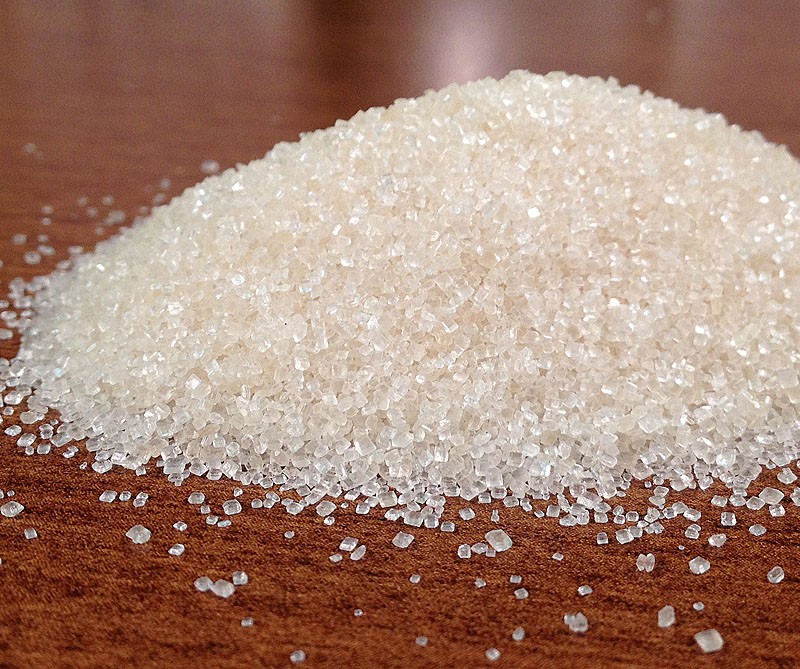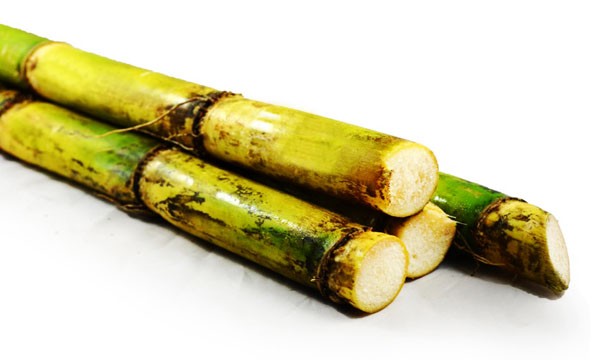Exploring the Comprehensive Tips Entailed in Cane Sugar Processing From Harvesting to Refinement
The procedure of walking stick sugar production encompasses a series of detailed actions, starting with the cautious harvesting of sugarcane and culminating in the improvement phases that make certain the end product fulfills industry criteria. Each stage, from the extraction of juice to the filtration and formation procedures, plays an essential role in establishing the quality and personality of the sugar. Comprehending these stages not just highlights the complexity of sugar production yet additionally increases essential inquiries regarding efficiency, sustainability, and development in the market. What ramifications do these elements have for future techniques?
Gathering Sugarcane
Harvesting sugarcane is an important action in the cane sugar handling chain, as it directly influences the high quality and yield of the end product. Proper timing and methods are crucial throughout this stage to guarantee optimum sugar web content and decrease losses. Typically, sugarcane is gathered when it reaches maturation, usually 12 to 18 months after growing, defined by a high sucrose concentration.

Post-harvest, the sugarcane has to be processed quickly to avoid sucrose destruction. Ideally, gathered walking cane should be transported to processing centers within 24-hour to maintain sugar high quality. Therefore, efficient logistical preparation is crucial to maintain the stability of the collected plant throughout the supply chain.
Extraction Process

The crushed walking stick is subjected to a series of pushing procedures to optimize juice recuperation. Typically, hot water is sprayed onto the crushed cane, developing a countercurrent circulation that aids liquify the sugar while likewise helping in the extraction process. The juice gathered from this operation contains not just sugar however likewise different organic substances and pollutants.

To boost extraction efficiency, some centers may utilize diffusion methods, where the sugarcane is taken in warm water, allowing the soluble sugars to diffuse right into the fluid. The resulting juice, abundant in sucrose, is then routed to subsequent processing stages, laying the foundation for filtration and refinement. The removal process is hence pivotal in determining the top quality and yield of the last sugar product.
Filtration Strategies
The filtration techniques utilized in cane sugar handling are necessary for changing the raw juice into a top quality sugar item. These techniques mainly intend to eliminate contaminations, such as soil, plant products, and not natural substances, which can detrimentally affect the last item's flavor and shade.
One of one of the most common purification strategies is clarification. This procedure involves adding lime and warm to the raw juice, which facilitates the coagulation of pollutants. The resulting precipitate is then gotten rid try these out of with sedimentation or purification, generating a clearer juice. Furthermore, using phosphoric acid can enhance the explanation procedure by additional binding pollutants.
Another significant technique is carbonatation, where carbon dioxide is introduced to the made clear juice. This response generates calcium carbonate, which records remaining impurities and advertises their elimination.
Furthermore, triggered carbon treatment may be put on adsorb any kind of remaining colorants and natural pollutants, making certain an extra refined item. The mix of these techniques successfully prepares the sugar juice for succeeding action in the refining process, establishing the phase for the manufacturing of top quality walking stick sugar.
Crystallization Approaches
After the purification stage, the next essential action in walking stick sugar processing involves condensation techniques, which play an essential role in transforming the made clear juice into strong sugar. This process usually employs two key techniques: spontaneous formation and regulated crystallization.
In spontaneous formation, supersaturated sugar services are permitted to cool naturally, leading to the formation of sugar crystals over time. This approach allows for the uniform development of sugar crystals and higher pureness.
Throughout crystallization, the cleared up juice is focused through evaporation, boosting its sugar content up until it gets to supersaturation. As soon as this point is attained, either approach can help with the condensation procedure. Cane Sugar Processing. The resultant sugar crystals are after that separated from the staying syrup via centrifugation
Inevitably, the selection of crystallization method affects the high quality, size, and purity of the final sugar product, making this step important in the general walking cane sugar handling treatment.
Improvement and Packaging
Exactly how can the purity and quality of walking cane sugar be additionally improved after condensation? The improvement procedure plays a critical duty in achieving top notch walking cane sugar.
Next, the sugar goes through a process called centrifugation, where it is rotated at high speeds to divide the detoxified sugar crystals from the staying fluid. After centrifugation, the sugar is commonly further refined via an approach called carbonization or phosphatation, which uses activated carbon or phosphoric acid to get rid of shade and off-flavors.
As soon as fine-tuned, the sugar is dried out to accomplish the desired dampness content, guaranteeing that it remains secure throughout storage and transport. The last action involves product packaging the refined sugar in moisture-proof and airtight containers to maintain its top quality and stop contamination. Cane Sugar Processing. Proper product packaging not only expands service life however also assists in very click here for more easy handling and circulation, making sure that customers receive sugar that satisfies the highest possible standards of pureness and high quality
Verdict
The extensive actions entailed in cane sugar processing, from the careful harvesting of sugarcane to the detailed refinement and packaging stages, highlight the significance of each stage in ensuring top notch sugar manufacturing. Optimal harvesting techniques, efficient removal techniques, and extensive filtration processes jointly add to the end product's purity and stability. The condensation and subsequent product packaging practices further enhance the stability and service life of the sugar, highlighting the intricacy and precision integral in this crucial farming sector.
The process of cane sugar manufacturing incorporates a series of complex steps, beginning with the mindful harvesting of sugarcane and culminating in the refinement stages that make sure the final product meets market standards. Preferably, harvested cane must be transferred to refining facilities within 24 hours to maintain sugar quality.In spontaneous crystallization, supersaturated sugar solutions are allowed to cool down normally, leading to the development of sugar crystals over time - Cane Sugar Processing. The improvement process plays an essential role in accomplishing high-grade walking stick sugar.The extensive steps involved in additional hints walking stick sugar handling, from the careful harvesting of sugarcane to the detailed refinement and product packaging phases, underscore the significance of each stage in guaranteeing high-grade sugar production